An electronic shelf label is a smart way of showing product price tags on a retail store's shelves. Moreover, it automatically updates the pricing upon updating it from the central server. Generally, shoppers see it on the shelf's front ledge.
Features of electronic shelf labels
An electronic price tag helps shoppers in their buying decision. It doesn't only show the price but also other vital information on the electronic shelf. For instance, they can compare two products by checking the display on their weight, nutritional facts, and remaining inventory. By giving the customers more information, they can make informed choices. The price change is also a breeze because it changes immediately after updating it on the central server. Therefore, the retail store remains profitable because it doesn't have to spend more time manually replacing the price tags.
Electronic labels don't need any ink, printers, or even paper. Updating the digital shelf tags occur at the central server; therefore, the store personnel has more time to serve the shoppers. In addition, the retailer saves on materials and labor costs as it reduces its carbon footprint. The electronic shelf tags system also optimizes inventory to help shoppers get their ordered products on time. It alerts the store staff if certain items are near their expiry dates or low in stock. Lastly, it offers an omnichannel experience for customers because it can show stock levels, allow ordering through the QR codes, display competitors' online prices, and even show product reviews.
Why choose ESL tags over other electronic shelf labels?
Digital shelf labels promote accurate pricing because the retailer can update the product prices on demand and time using label management software. They help save costs because there's no need to print labels and manually put them on the product shelves. Retailers can integrate them with other apps to help shoppers quickly find their desired product. They may also use Bluetooth Low-Energy devices to monitor customer movement because the ESL electronic system has a heat map showing high-traffic store locations. Regulating stock levels become more efficient because it can connect with the POS processor to display inventory.









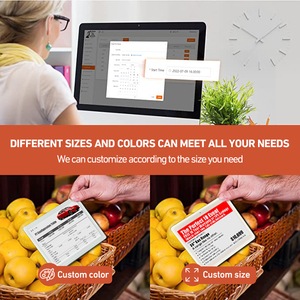



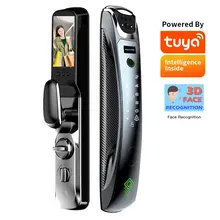
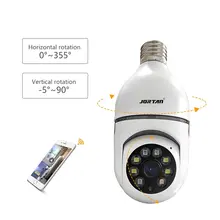
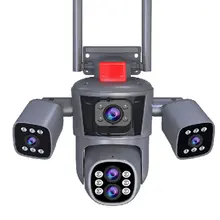
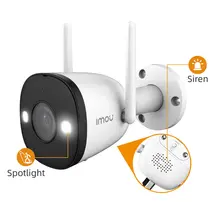


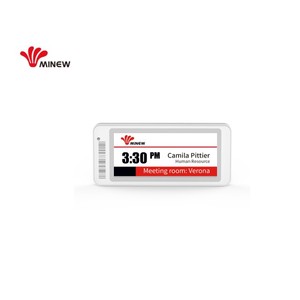
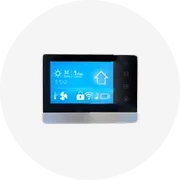
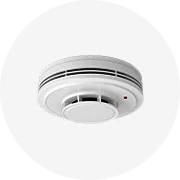
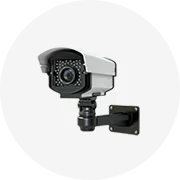
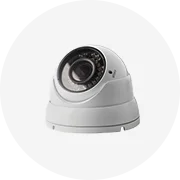
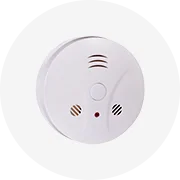
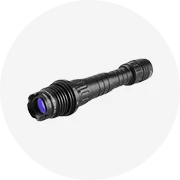
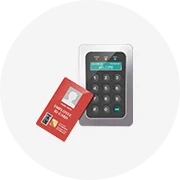









 浙公网安备 33010002000092号
浙公网安备 33010002000092号 浙B2-20120091-4
浙B2-20120091-4